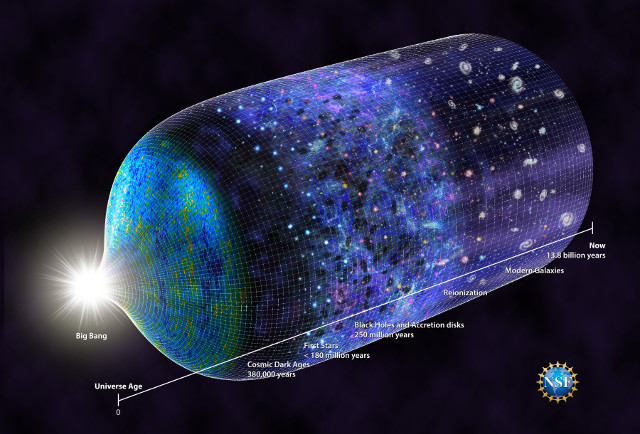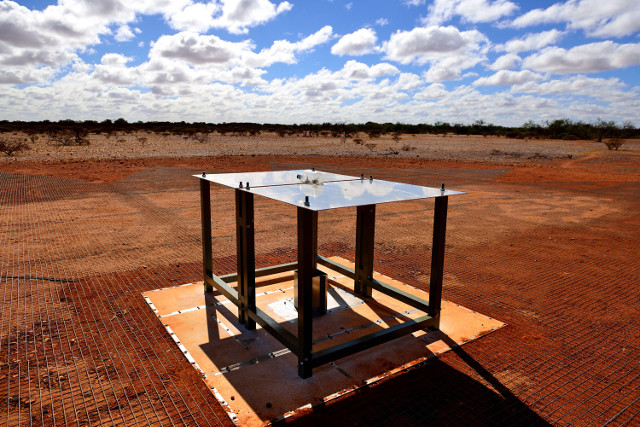
An article published in the journal “Nature” describes a research that describes the detection of possible traces of the first stars born in the universe, found in cosmic microwave radiation from the hydrogen that existed at that time. A team of researchers led by Alan Rogers of the MIT Haystack Observatory and Judd Bowman of Arizona State University took over a decade to gather what’s believed to be evidence that the first stars were born about 180 million years after the Big Bang, well before the previous estimates.
The phase of the history of the universe in which the first stars were born is known as reionization, because the light of the first stars interacted with the gas present in great abundance in the universe, ionizing it and therefore separating the electrons from the protons. The estimates of the beginning vary according to the methods used, leaving the issue still open.
Observations made with the Hubble Space Telescope found galaxies born about 300 million years after the Big Bang but it’s not certain when the stars started forming within them. Estimates based on the measurements made by the Planck Surveyor spacecraft between 2009 and 2013 indicate that the first stars were born between 550 and 700 million years after the Big Bang.
The team led by Alan Rogers and Judd Bowman attempted a different approach to the problem, based on the idea that the first stars were super-massive and emitted strong ultraviolet radiation that ionized hydrogen. This caused the gas to absorb photons from the cosmic microwave background radiation (CMB or CMBR), the residue of the very early life stages of the universe. The resulting spectral distortion must still be detectable today.
To find that spectral distortion the researchers built a radio antenna that is also a radiospectrometer called Experiment to Detect the Global EoR Signature (EDGES) where EoR means Epoch of Reionization. This instrument was used at the Murchison Radio-astronomy Observatory (MRO) of CSIRO (Commonwealth Scientific and Industrial Research Organization), a place where the background noise generated by local radio stations is minimal and therefore the conditions are good for this type of research.
After 12 years of designing and building the instrument and collecting data, the researchers identified in the background cosmic radiation an alteration at about 78 MHz. After the correction due to the redshift, it turns out compatible with the hydrogen 21-centimeter line absorption, where the gas was ionized by the first stars’ ultraviolet emissions.
The analysis of that trace indicates that the stars that generated it existed about 180 million years after the Big Bang. The alteration is greater than predicted by the theoretical models and could mean that the universe at that remote time was colder than expected, around 3 Kelvin. These are very interesting results but a thorough verification could be possible only with new generation instruments such as the SKA radio telescope and the James Webb space telescope.



Permalink
Permalink